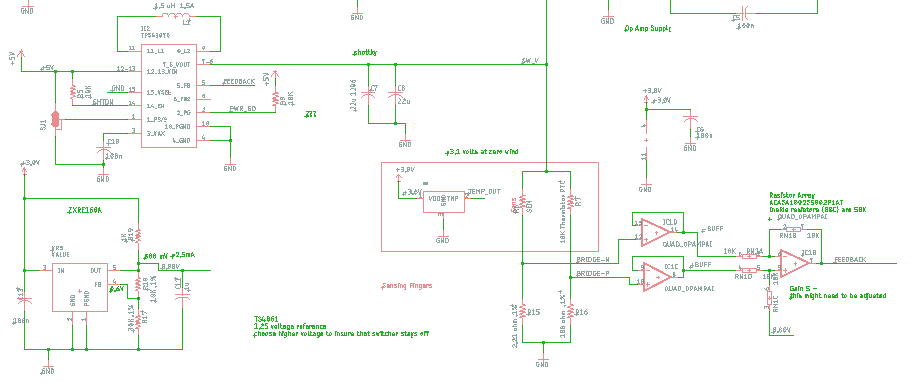I'm using the TPS63070 with a Wheatstone bridge that provides feedback to the converter. I've got a working proto but the switching frequency is too low with too much ripple.
In the next proto I'll set the PS/SYNC low for a comparison to see how that works out, but I like the idea of power saving mode, I just want a frequency about 10 times as fast as it's working now.
Here are my approximate specs
Input V: 3.3, 5V maybe 12V
Output V: 3 - 9 V
Output Current 20 mA to 120 mA
Here are some scope traces, from what I can see from reading the datasheet they look about as they should.
I would welcome some comments on them however if you disagree. Is is possible that my op-amp isn't fast enough or my loop gain high enough.
I'm using a loop gain of about six at the op-amp now that goes to the feedback input.
Blue trace is the output, yellow trace is feedback. Triggering on feedback trace.
Output is a little over 3 volts.
At 2.6 V input.
At 5.0V input
I'm currently using 1.5 uH now and 44u output caps.
Here are some things I was gong to try.
Smaller inductor?
Smaller output caps?
Higher gain at op-amp
Faster op-amp
Thanks much for any suggestions you can provide.
Paul


